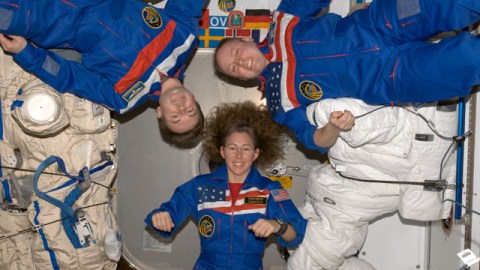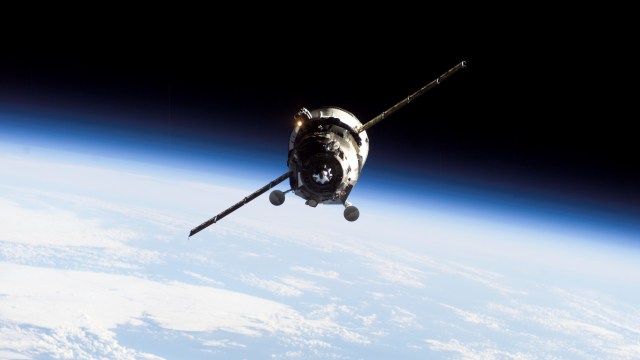The Promise of Microgravity Experiments

Back toward the end of the 19th century, we were just beginning to understand vacuums – how to form a vacuum, how to maintain a vacuum, how to measure it. There were a few people who started to get some crazy ideas about how vacuums might be put to useful applications. Well many people thought that was crazy. I mean, after all, a vacuum is nothing, so how can nothing possibly have a useful application?
What we saw in the 20th century was an industrial revolution in microelectronics and that couldn’t have come about without vacuum processing technology.
So when I look at the space program at the end of the 20th century, we were just beginning to learn about the microgravity environment and microgravity is similar to a vacuum in that it’s a very unique environment. In this case it can’t be duplicated down on the ground. It has to be performed in space. And yet, it has unusual properties that we think there are a lot of useful applications for.
So through our laboratories on the space station, by the middle of the next decade, we believe we can reach a tipping point where the competitive advantages of microgravity will become more widely accepted and more widely known. And many of the applications that are being hypothesized today will actually prove out in reality.
We have teams that are working on vaccines for bacterial pathogens because in the microgravity environment we see dramatic changes in gene expression for instance. And through those changes in gene expression we start to get the tools we need to identify which specific genes control certain attributes of the bacteria. In this one case, we are using that to understand which variants of these bacteria actually behave as vaccines on the ground. Now we’re not looking to produce vaccines in space, but were looking to discover which of the strains can be useful on the ground and then produce them on the ground is vaccines.
So in the coming years, we expect to see some applications to the Food and Drug Administration for investigation of new drugs related to vaccine development for bacterial pathogens. We also find that we can grow crystals of important macro molecules in space at much larger sizes, and to much higher fidelity than we can on the ground. In fact, a research team at the Japanese Biosciences Institute attempted to grow an enzyme crystal in space that is causative in Duchenne Muscular Dystrophy.
In Their Own Words is recorded in Big Think’s studio.
Image courtesy of Shutterstock





